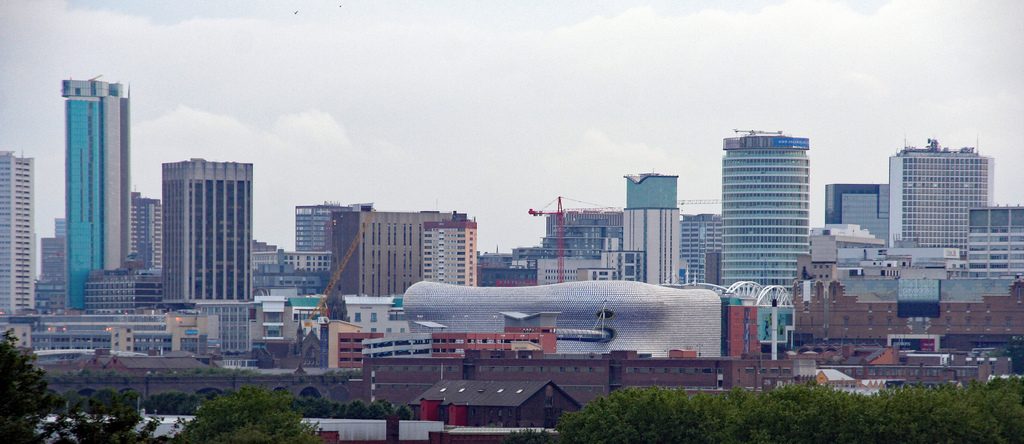In this blog, Jonathan Clarke from the University of Warwick reflects on Urban Living Birmingham’s latest touchstone group meeting.

On the 20th March 2017, Urban Living Birmingham (ULB) held its third Touchtone Group meeting, offering a forum for project researchers to present and receive feedback on some early findings to representatives from the public, private and third sector from across Birmingham and the West Midlands Combined Authority, but also an opportunity to learn more about the work of these stakeholders, including their views on what Birmingham is currently doing well and what could be improved upon. It seems to me that it is this second aspect that is most fundamental to the approach advocated by the Urban Living Birmingham (ULB) project team. By taking a diagnostic approach, the project seeks to understand the needs of users before proscribing a course of action. Whilst this shouldn’t sound radical, the competitive nature of academic research grants means that there is almost always an expectation that researchers spell out what kind of results and action a given project will deliver in advance, limiting the meaningfulness of engagement with stakeholders. By contrast, ULB aims towards consensus building and co-design of approaches with the project partners.
Within this context, the early characterisation analysis of wards carried out by Dr Michel Randrianandrasana from Aston University, offered an opportunity for participants to define priorities for analysis, which can be promoted through the weighting of different datasets. Similarly, Dr Chloe Billing’s presentation on ‘end-user innovation’ noted how citizens have direct experience of the ‘problem spaces’ of urban life, and that using their understanding can have fundamental benefits to improving the delivery of services. Citing the example of the public health space, Chloe pointed to how decisions are increasingly being put into the hands of patients and families. This perspective seems highly relevant to Birmingham, in light of the recent Kerslake Review, and the ongoing changes in city governance that are currently taking place.
However, getting more citizens engaged with the delivery of Birmingham’s city services remains challenging. For example, how do we select which users are most significant or appropriate to involve? Using the example of parks, do we regard the end-users as the dog walkers and families, who currently use the space, or could it include more groups with potential to use them? A further challenge is presented by the predominance of policy siloes for decision making; for example, considering issues of transport, health and development in relative isolation rather than the more holistic way necessary to promote innovative or mutual benefits. Addressing these issues is key to the governance perspective of ULB, which is led by the University of Warwick and attempts to promote a framework for integration, change and transformation.
However, perhaps the most important thing to take away from the Touchstone Meeting is how innovation and integration are already happening in many of Birmingham’s services; for example, the ‘housing first’ initiative that aims to tackle the multiple problems associated with homelessness; and, GP referrals to work in green spaces, that not only improves individuals’ physical and mental wellbeing, but also address the funding shortfall in open space management. The challenge for the City of Birmingham and for the Urban Living Birmingham project is enabling these pioneering users to provide innovative and holistic solutions to the complex challenges of urban life.
For the original posted on the Urban Living Birmingham Blog, please see here.
